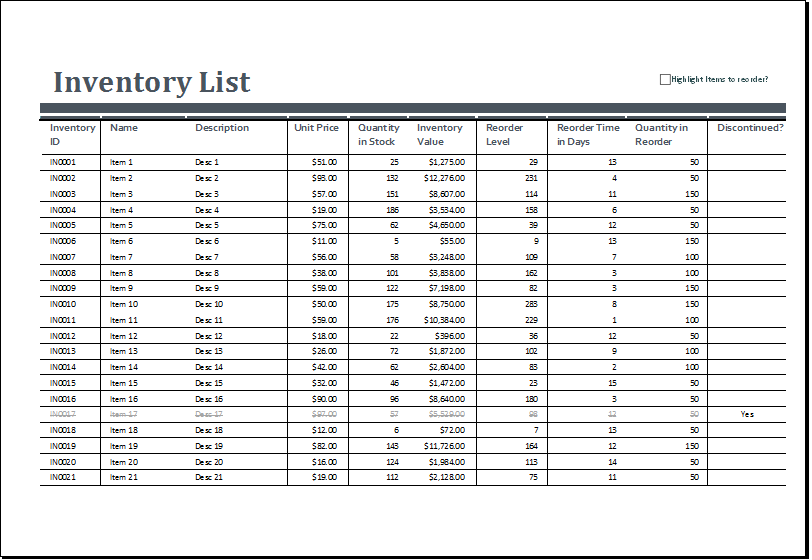5 Ways to Use Sheet and Form Together in Excel

The Versatile Duo: Excel Sheet and Forms

Excel is more than just a powerhouse for data analysis and number crunching; it's also incredibly versatile when it comes to collecting and organizing information. By combining Excel sheets with forms, you can streamline data entry, reduce errors, and enhance user interaction with your data sets. Here are five practical ways to harness the power of sheets and forms together in Excel:
1. Data Entry Automation with Forms

Excel forms can significantly simplify the data entry process by allowing users to enter information in a controlled environment:
- Create a UserForm: Use VBA (Visual Basic for Applications) to create custom forms tailored to your needs.
- Data Validation: Implement rules to ensure data integrity right from the entry stage.
- Efficient Updates: Easily update records without having to navigate through complex sheets.
🔎 Note: VBA might seem daunting, but there are plenty of online resources and tutorials available to help you get started.
2. Survey and Feedback Collection

Excel forms can act as a simple survey tool for collecting feedback:
- Custom Design: Tailor forms with questions relevant to your survey or feedback requirements.
- Direct Submission: Users can submit data directly into the spreadsheet, which can then be analyzed easily.
- Visualize Results: Use Excel’s powerful charting features to display survey results visually.
3. Inventory Management

Combining Excel sheets with forms can revolutionize inventory management:
- Real-time Updates: Inventory levels can be updated in real-time as forms are submitted.
- Automated Notifications: Set up conditional formatting or macros to notify when stock levels reach thresholds.
- Multi-user Access: Allow multiple team members to input data, reducing errors from manual updates.
🧐 Note: For larger operations, integrating Excel with external inventory software might be beneficial.
4. Task Tracking and Time Management

Excel’s forms can help manage tasks and time effectively:
- Task Assignment: Create forms for task assignment, ensuring all necessary details are captured.
- Time Tracking: Use forms to log time spent on tasks, which can then be analyzed for productivity.
- Status Updates: Users can update task statuses through forms, keeping the project overview up-to-date.
5. Event Planning and Registration

Event planning becomes more organized with Excel forms:
- Registration Forms: Design forms to collect registration details for events.
- Data Centralization: All information is stored in one place, making it easy to manage attendees.
- Real-time Dashboard: Use Excel to create real-time dashboards showing event registration status.
Incorporating Excel sheets with forms enhances not only the functionality but also the user experience. Here are some crucial notes to keep in mind:
💡 Note: Always backup your data before making significant changes or running macros to avoid data loss.
By integrating these methods, Excel can transform from a simple spreadsheet tool to an interactive data collection and management system. From streamlining data entry to simplifying event organization, the capabilities are expansive, allowing for custom solutions to fit any workflow or business need. Keep exploring, and you'll discover even more ways to enhance your productivity with Excel.
How can I ensure data consistency with Excel forms?

+
Use data validation in your forms to set rules for what data can be entered, ensuring consistency and accuracy.
Can Excel forms be used for online surveys?

+
Yes, you can share the workbook online or convert the form to a web form using tools like Microsoft Forms, which integrates with Excel for data analysis.
What are the limitations of Excel forms?

+
Excel forms are great for smaller to medium-sized operations. However, for very large datasets or more complex UI requirements, dedicated database solutions or form-building platforms might be necessary.



